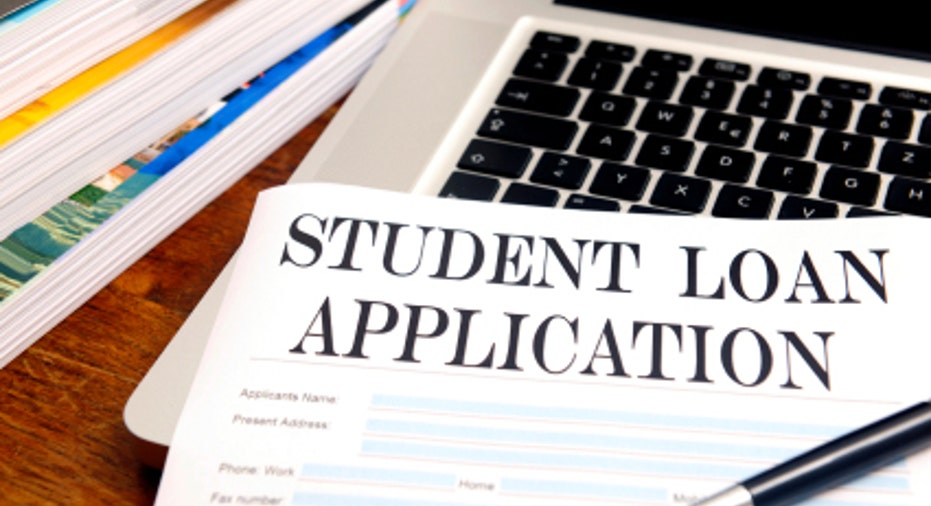How Much Do Student Loans Really Cost Taxpayers?

College students are caught in the middle of bipartisan bickering on Capitol Hill and could be left picking up the tab for lawmakers’ inaction. The interest rate on new, federally-subsidized student loans doubled Monday, to 6.8% from 3.4%, after Congress failed to pass legislation preventing the increase.
The rate hike, which impacts government-backed Stafford loans, means the seven million new students expected to take out these loans will be facing a much bigger bill upon graduation. However, the stalemate surrounding college loans goes beyond setting the interest rate; a new debate is surfacing on just how much student loans cost taxpayers.
In June, the non-partisan Congressional Budget Office issued a report showing a $50.6 billion profit for the Department of Education on student loans. From 2013-2020, the CBO estimates the program will bring in profits of $160 billion, which includes the doubling of interest rates. Keeping rates at 3.4% would increase the government’s cost of the student loan program to $41 billion over the next 10 years, according to the report.
The CBO calculates its estimates based on rules established by the Federal Credit Reform Act of 1990, and the cost of a student loan is recorded in the federal budget during the year it’s made. The government takes a hit when issuing loans, but the revenue from loan repayments is assumed to offset these initial costs. When calculating the cost of the loans, the CBO takes the up-front costs and subtracts future repayments.
However, some analysts disagree with the CBO’s accounting practices and profit estimates, saying it considerably underestimates the cost of student loans and doesn’t take into account the possibility of students defaulting or taking advantage of options like tying their payments to their income.
“This kind of accounting flips student loans into a big surplus for the government -- it actually looks like it turns a profit," says Andrew Kelly, resident scholar in education policy studies at AEI. “The problem with this as the CBO has pointed out repeatedly is that this actually doesn’t take comprehensive view of the cost of the student loan program in that it doesn’t actually factor in market risk.”
The CBO projects that the total cost to the federal government of student loans disbursed between 2013 and 2023 will be negative and will produce savings that reduce the deficit. The program will save $184 billion for loans made between 2013 and 2023, with $37 billion coming in 2013.
According to a Barclays research note, the government will lose money from 2013-2020 on the loan program. One of the major proposals gaining traction on Capitol Hill is tying the loan interest rate to annual market benchmarks instead of Congress-determined rates. “These losses would be exacerbated by several key policy proposals. In all, the total cost to the government over these years could exceed $100 billion,” according to the note.
“People want to make claims about how much money we are ‘making’ on student loans when in reality those profits are sort of elusory if anything,” says Kelly.
As it stands now, the discount rate on student loans is the interest rate on Treasury securities, which doesn’t factor in market risk. “The Treasury bill is guaranteed to be paid back. The U.S. doesn’t default on its loans so it’s not actually a great discount rate to apply to student loan payments, because students do default.”
According to Sen. Lamar Alexander, (R-Tenn.), 11 million students took out loans this year to help pay for college. The senator, along with three other senators, announced a plan last week that would base the loans on market rates.
“Two out of three of the loans are to undergraduate students and rates for those students under their plan would drop from 6.8% to about 3.66% for every new loan made after July 1,” he said in a press conference Thursday. “Those loans are usually for 10 years or more, and under their plan that rate would stay the same for those 10 years. Each year the loans would be based upon the market rate and what it costs the government to make the loan to the students.”
Both the House and Senate have failed to pass various proposals to replace the existing fixed interest rates with market-based rates.